- Over 1 million successful rentals
Car Hire Japan
Save time and money. We compare the offers of car rental companies in Japan on your behalf.
- Free cancellation Up to 48 hours prior to the scheduled pick up time
- Best price guarantee Have you found a better price? Let us know and we will make you a better offer.
- 24000+ pick-up locations Locations around the world
Compare Car Hire
Carrentals.co.uk offers simple and straightforward car hire comparison services. We don't add a penny to your quotes!
Car rental offers in Japan
Whether you're looking for a small rental car or a station wagon for the entire family, we will always have a suitable vehicle for the lowest price. Below are some examples from our selection in Japan.
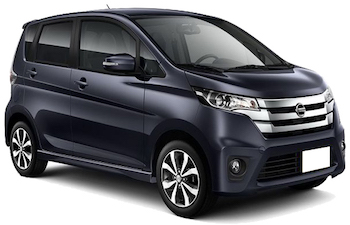
-
Nissan Rent a Car From£ 31 /day
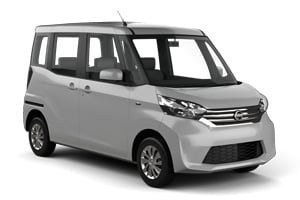
-
Nissan Rent a Car From£ 32 /day

-
Nissan Rent a Car From£ 33 /day
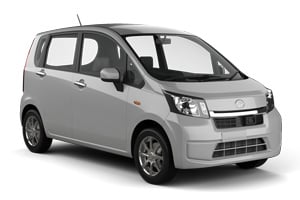
-
Budget From£ 32 /day -
Avis From£ 44 /day
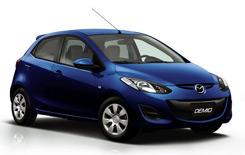
-
Europcar From£ 32 /day

-
Europcar From£ 34 /day

-
Nissan Rent a Car From£ 36 /day

-
Budget From£ 34 /day -
Avis From£ 47 /day

-
Budget From£ 37 /day -
Avis From£ 48 /day

-
Europcar From£ 31 /day
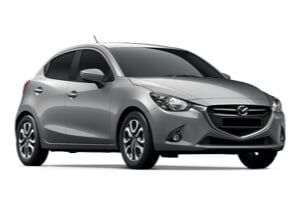
-
Europcar From£ 31 /day
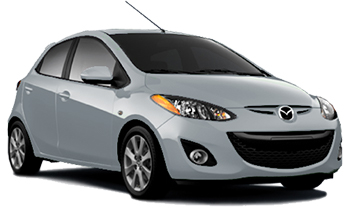
-
Europcar From£ 34 /day
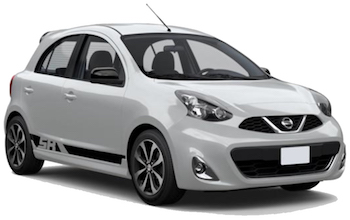
-
Nissan Rent a Car From£ 33 /day
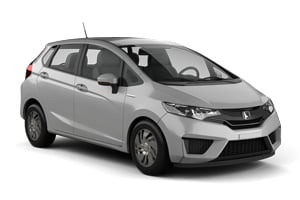
-
Budget From£ 33 /day -
Avis From£ 35 /day -
Enterprise From£ 45 /day

-
Nissan Rent a Car From£ 35 /day
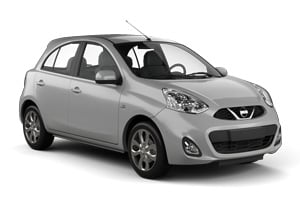
-
Nissan Rent a Car From£ 34 /day

-
Europcar From£ 35 /day

-
Europcar From£ 35 /day
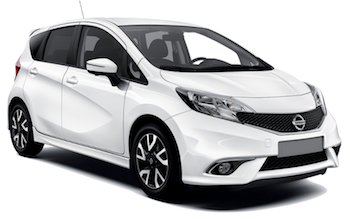
-
Yesaway From£ 32 /day -
Nissan Rent a Car From£ 39 /day

-
Yesaway From£ 33 /day

-
Yesaway From£ 38 /day -
Nissan Rent a Car From£ 44 /day
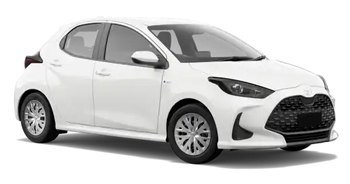
-
Europcar From£ 37 /day

-
Yesaway From£ 39 /day

-
Nissan Rent a Car From£ 39 /day

-
Europcar From£ 41 /day

-
Yesaway From£ 39 /day
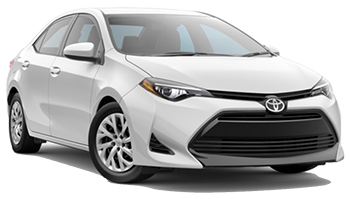
-
Avis From£ 40 /day

-
Yesaway From£ 47 /day -
Alamo From£ 54 /day -
Enterprise From£ 57 /day
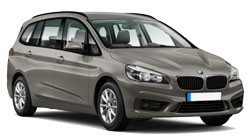
-
Yesaway From£ 49 /day

-
Yesaway From£ 54 /day

-
Avis From£ 54 /day

-
Yesaway From£ 55 /day -
Alamo From£ 61 /day -
Enterprise From£ 62 /day
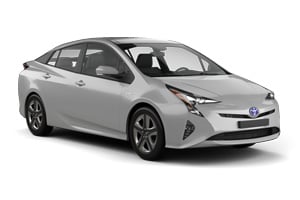
-
Avis From£ 54 /day -
Budget From£ 64 /day -
Alamo From£ 71 /day

-
Avis From£ 63 /day
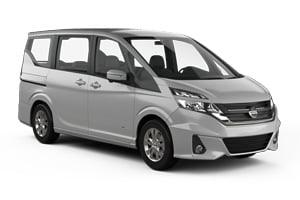
-
Yesaway From£ 62 /day

-
Avis From£ 63 /day -
Budget From£ 70 /day -
Alamo From£ 78 /day

-
Yesaway From£ 54 /day

-
Yesaway From£ 61 /day

-
Yesaway From£ 66 /day

-
Alamo From£ 73 /day -
Enterprise From£ 80 /day

-
Yesaway From£ 74 /day
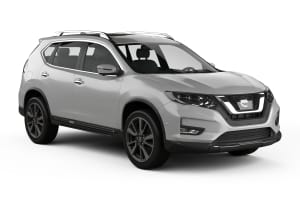
-
Nissan Rent a Car From£ 74 /day

-
Nissan Rent a Car From£ 77 /day

-
Nissan Rent a Car From£ 76 /day

-
Alamo From£ 77 /day -
Enterprise From£ 79 /day

-
Yesaway From£ 56 /day
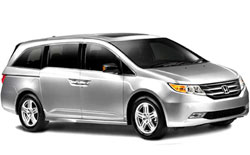
-
Yesaway From£ 60 /day

-
Yesaway From£ 62 /day

-
Yesaway From£ 63 /day -
Avis From£ 107 /day

-
Yesaway From£ 64 /day

-
Yesaway From£ 69 /day -
Avis From£ 116 /day
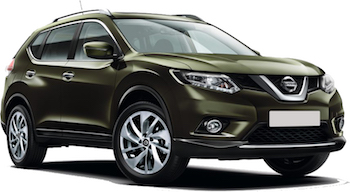
-
Nissan Rent a Car From£ 73 /day

-
Nissan Rent a Car From£ 73 /day
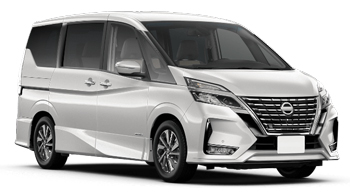
-
Nissan Rent a Car From£ 74 /day

-
Yesaway From£ 56 /day

-
Yesaway From£ 59 /day

-
Yesaway From£ 61 /day

-
Yesaway From£ 64 /day

-
Nissan Rent a Car From£ 81 /day
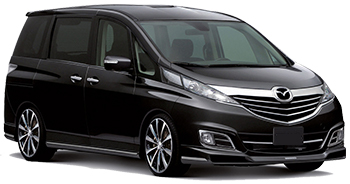
-
Europcar From£ 83 /day

-
Europcar From£ 83 /day

-
Nissan Rent a Car From£ 84 /day

-
Yesaway From£ 90 /day

-
Yesaway From£ 52 /day

-
Yesaway From£ 56 /day

-
Yesaway From£ 63 /day

-
Yesaway From£ 67 /day

-
Nissan Rent a Car From£ 73 /day

-
Nissan Rent a Car From£ 74 /day
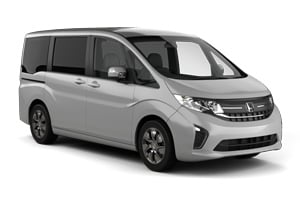
-
Budget From£ 74 /day -
Avis From£ 100 /day -
Alamo From£ 103 /day

-
Budget From£ 78 /day -
Avis From£ 103 /day -
Alamo From£ 108 /day
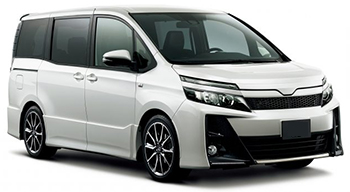
-
NicoNico Rentacar From£ 109 /day
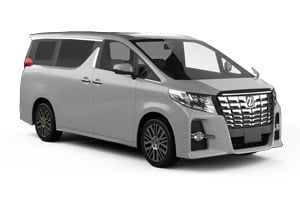
-
Budget From£ 123 /day -
Avis From£ 124 /day -
NicoNico Rentacar From£ 154 /day

-
Avis From£ 127 /day -
Budget From£ 131 /day
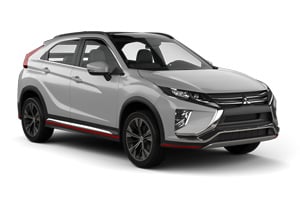
-
Yesaway From£ 45 /day
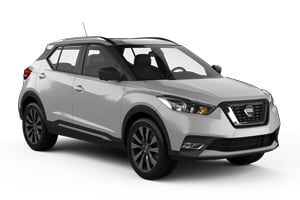
-
Nissan Rent a Car From£ 47 /day

-
Nissan Rent a Car From£ 50 /day

-
Budget From£ 47 /day

-
Yesaway From£ 52 /day

-
Budget From£ 53 /day
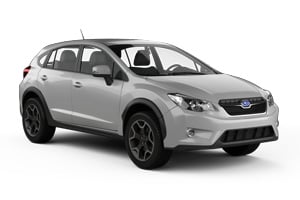
-
Budget From£ 61 /day

-
Budget From£ 66 /day

-
Nissan Rent a Car From£ 73 /day

-
Nissan Rent a Car From£ 46 /day

-
Nissan Rent a Car From£ 51 /day

-
Nissan Rent a Car From£ 57 /day

-
Nissan Rent a Car From£ 63 /day

-
Nissan Rent a Car From£ 95 /day

-
Nissan Rent a Car From£ 95 /day

-
Nissan Rent a Car From£ 99 /day

-
Nissan Rent a Car From£ 100 /day
Popular cities in Japan

When to book a rental car in Japan
Japan - When is the most affordable time to rent a mini class car?
At this destination (Japan), September is the most affordable time to rent a mini class car with an average daily rate of
Japan - When is the most affordable time to rent a economy class car?
At this destination (Japan), June is the most affordable time to rent a economy class car with an average daily rate of
Japan - When is the most affordable time to rent a compact class car?
At this destination (Japan), September is the most affordable time to rent a compact class car with an average daily rate of
Japan - When is the most affordable time to rent an intermediate class car?
At this destination (Japan), May is the most affordable time to rent a intermediate class car with an average daily rate of
Japan - When is the most affordable time to rent a standard class car?
At this destination (Japan), June is the most affordable time to rent a standard class car with an average daily rate of
Japan - When is the most affordable time to rent a full-size car?
At this destination (Japan), September is the most affordable time to rent a full-size class car with an average daily rate of
Japan - When is the most affordable time to rent a luxury car?
At this destination (Japan), June is the most affordable time to rent a luxury class car with an average daily rate of
Japan - When is the most affordable time to rent a station wagon?
At this destination (Japan), March is the most affordable time to rent a station wagon with an average daily rate of
Japan - When is the most affordable time to rent a SUV?
At this destination (Japan), September is the most affordable time to rent an SUV with an average daily rate of
Japan - When is the most affordable time to rent a MPV?
At this destination (Japan), June is the most affordable time to rent an mpv with an average daily rate of
Japan - When is the most affordable time to rent a minivan?
At this destination (Japan), September is the most affordable time to rent a minibus with an average daily rate of
Car rental locations in Japan
Carrentals.co.uk compares rental car prices at the following destinations

Japan Guide
Japan is best explored by rental car. Carrentals.co.uk has over 44 pick-up locations in Japan. This means there is always a pick-up location close to your destination.
Most popular car hire locations in Japan
Driving
Japan’s eclectic mix of ancient and modern, beautiful gardens, magnificent temples and stunning landscapes has been enticing visitors for centuries. Its unique culture and distinctive art can be seen all over the country, mixed with its cartoon-like fashion and ultra high-tech skyscrapers. By car, it is easy to explore the national parks on HokkaidÅ, to visit the castles and gardens on Shikoku or to wind through the roads in the Japanese Alps.
Driving Tips for Japan
Japan’s inter-city toll expressways are well maintained and offer a fast way to explore each island, with rest stops along the way. Local roads are also great and signage is excellent but posted only in Japanese in remote areas. There are over 745,000 miles of road in Japan, most of which are paved.
Driving licences: UK drivers need an International Driving Permit, a British driving licence and insurance to drive here.
Which side does Japan drive on: the left.
Speed limits:
Motorways: 62mph (100kph)
Rural areas: 37mph (60kph)
Built-up areas: 25mph (40kph)
Alcohol limits: Japan has a zero tolerance law; if caught driving with alcohol in your system, expect severe penalties.
Driving age: 18 years.
Seatbelts: compulsory for all occupants. Children under the age of six must be in a suitable car seat for their age and size.
Mobile phones and GPS: it is prohibited to use a mobile phone while driving without a hands-free kit. The use of GPS is allowed and systems can be set in English; however, non-Japanese speakers may still find GPS difficult to use here.
Cost of fuel in Japan: slightly cheaper here than it is in the UK.
Car hire and fuel payment: credit card payment is generally not accepted at petrol stations but is useful for car hire. UK card holders need a PIN number to use their card here.
Insurance: third-party insurance is needed and included with car hire but additional insurance should also be purchased.
Traffic and parking: driving in major cities such as Tokyo and Osaka can be difficult due to constant traffic jams and expensive parking, although many hotels have car parks. If you park your vehicle in the wrong place, expect a ticket or towing.
Transport
Trains
Japan has an extensive railway network, with nearly every major destination accessible by train. There are 43,736 miles of tracks throughout the country, some of which are used by inter-city trains and others by commuter trains. Trains are fast and comfortable, although much more expensive than in other Asian countries. A Japan Rail Pass is recommended for visitors wishing to explore by train and costs around £225 for seven days in standard class, compared to a single journey from Osaka to Tokyo for around £230. For timetables and route maps, visit Hyperdia. All major cities have a metro system, with single fares costing anywhere from £1.60 to £2.78.
Taxis
Taxis can be found everywhere in Japan and are a comfortable and safe way to get around, although they can be expensive. Taxis charge by the meter, starting at a base rate of around £5.50, with a fixed rate starting after the first mile driven. It should be noted that the rear left passenger door opens and closes automatically and is operated by the driver.
Buses
Long-distance buses are available and travel along the highways to most destinations throughout the country. They are cheaper than trains but much slower, but by travelling by night, bus passengers can save on accommodation. Luxury buses offer added comfort, with larger seats and more leg room, but are more expensive than regular buses. Reservations can be made online through Willer Express. Inner-city bus services are available, with fixed fares of £1.60 regardless of distance travelled.
Ferries
Ferries enter Japan from international locations such as China, South Korea, Taiwan and Russia, although rates are high compared to cheap air fares and travel times are slow. Japan has few boats connecting its islands, except for services to the north island of HokkaidÅ and the southern Okinawa islands. The fare from Aomori to Hakodate starts at £12 for a space on the floor. There are also boats that service the small islands, with boat being the best way to explore these out-of-the way destinations.
Airports
Japan has two major international airports that also act as domestic hubs: Tokyo’s Narita International Airport and Osaka’s Kansai International Airport. Narita International Airport is the busier airport of the two, with direct flights to London-Heathrow. The other alternative is to fly to Kansai International Airport via Frankfurt or Paris. Domestic flights are available but are not necessary unless trying to reach the outlying islands. UK nationals do not need a visa to enter Japan for up to six months.
Explore
Exploring Japan
Tokyo is where most visitors start their Japanese exploration and the country’s largest and most fascinating city. Here, visitors will see a fantastic mix of ancient and ultra-modern, with such sites as the Imperial Palace, the Meiji Shrine, Tokyo Tower, Tokyo Disneyland and the incredible Buddhist temple of SensÅji.
To the northwest is Kansai, home to the country’s third largest city of Osaka and the ancient capital of Kyoto. Osaka is home to Osaka Castle, Sumiyoshi Shrine, Universal Studios Japan and the massive Kaiyukan aquarium, while Kyoto features the SentÅ Imperial Palace, Katsura Imperial Villa and Shugakuin Imperial Villa along with 14 other Historic Monuments of Ancient Kyoto.
A little bit off the beaten track is the northernmost island of Hokkaido, which is noted for its stunning landscapes and numerous national parks, including Shiretoko National Park, Daisetsuzan National Park and Shikotsu-TÅya National Park.
Okinawa is home to the country’s most beautiful beaches and best diving sites, and some of the world’s best offshore fishing. It also has some magnificent cultural sites, including Shuri Castle, Himeyuri Peace Museum and Okinawa Peace Park.
The often forgotten island of Shikoku is a fantastic place for hiking, but is most known as a site for Buddhist pilgrims thanks to its 1,024-mile 88 Temple Pilgrimage trail.
Weather
There are four seasons in Japan and these seasons coincide with the four seasons in the UK. Spring is one of the best times to visit as it is warm with little rain and the cherry blossoms are in full bloom. Summers here are hot, humid and wet, with an average temperature of 25°C, though the mercury has been known to reach a scorching 40°C. Autumn in Japan is also beautiful, with warm temperatures and little rain, while winters can get cold, with an average temperature of 5°C. The Okinawa islands are the warmest part of Japan, while Hokkaido is the coldest.
Practical information
-
CurrencyJapanese yen
-
Driving directionLeft
-
City speed limit60 km/h
-
Freeway speed limit60 km/h
-
LanguageJapanese
-
Popular car categoryEconomy
What most people want to know
The following questions and answers are a selection of the most popular questions. If you do not find the answer to your question, have a look at the Frequently Asked Questions page or contact us.
- Enterprise
- Nissan Rent a Car
- Avis
- Europcar
- Budget
- Alamo
- NicoNico Rentacar
- Times
- Yesaway
- National Car Rental
- Hertz
- Thrifty
- ABC Rent a car
- Travel Car